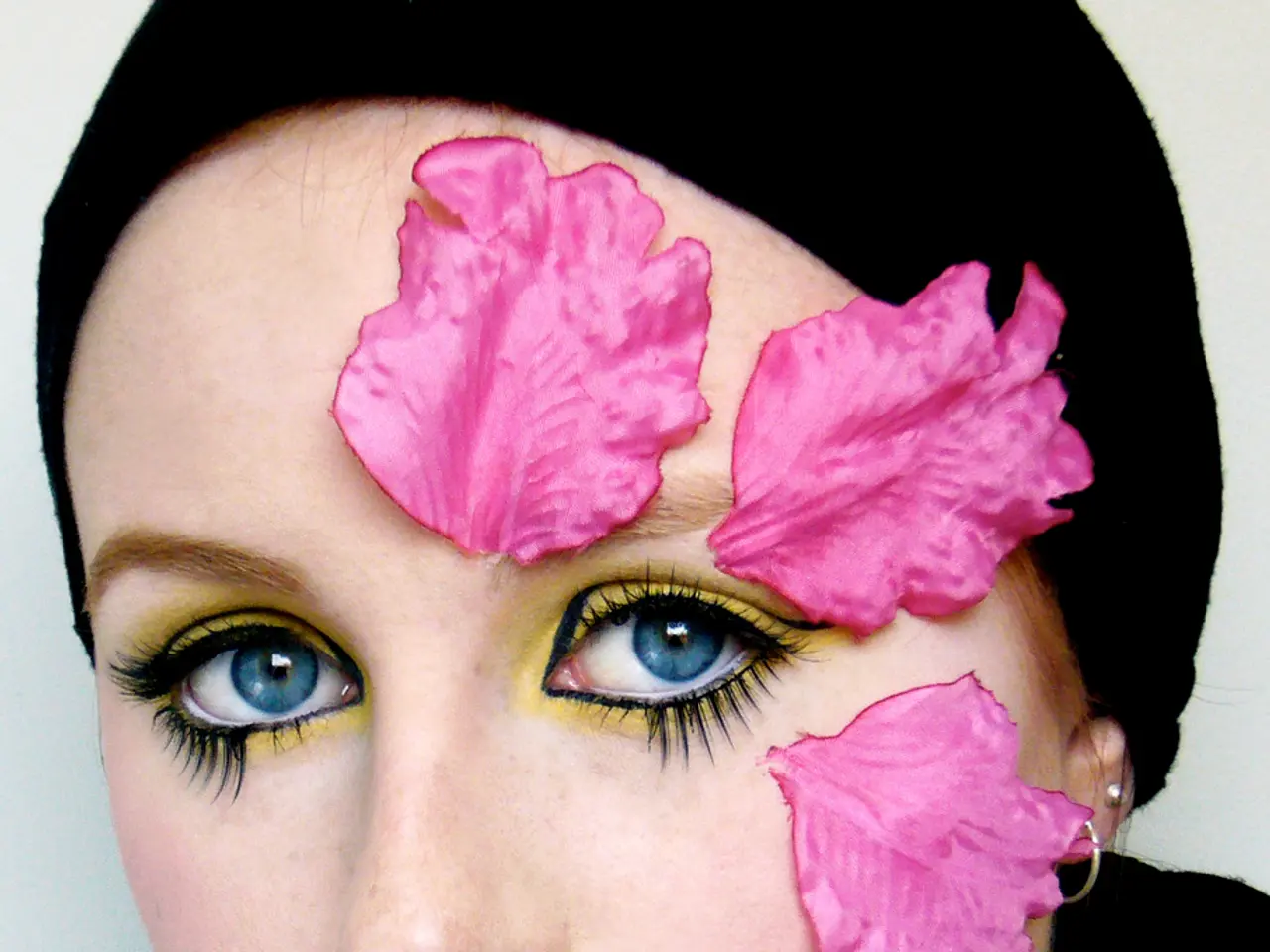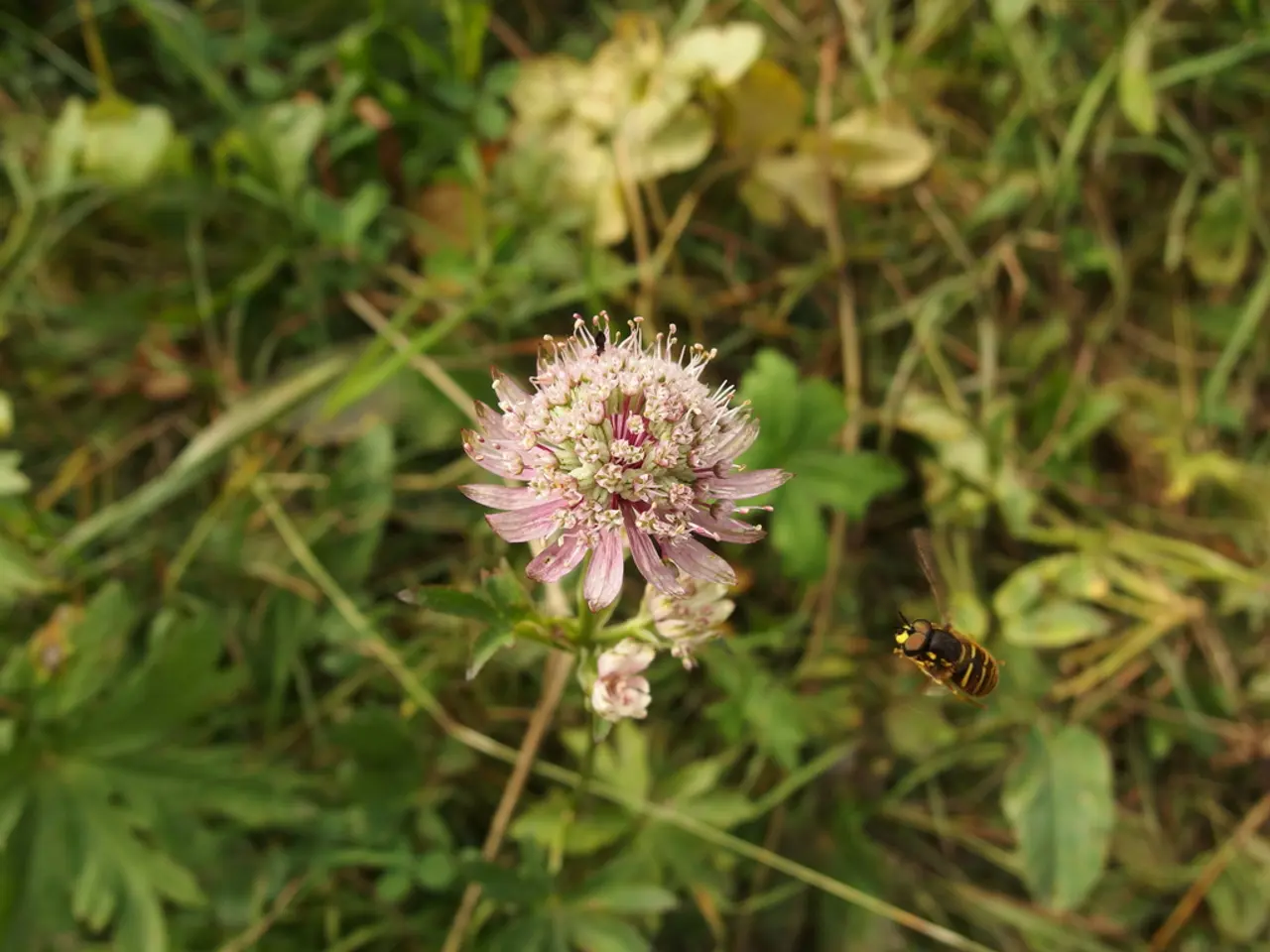How to Combine Colors to Achieve various Shades of Brown?
Title: Let's Dive into the Universe of Brown: A Guided Mixing Tour
While scribbling random colors on paper might yield an unsightly brown, you wouldn't want that if you're all set to create beautiful masterpieces, not just a fridge-worthy doodle for the parents. So, let's dive into the world of mixing colors to create stunning, intentional browns.
Chapter One: Brown and the Color Spectrum
Brown, the humble neutral, doesn't grace the traditional hue map, which displays primary colors (red, yellow, and blue), secondary colors (orange, green, and violet), and tertiary colors (red-violet, red-orange, yellow-green, and so on). Brown, however, isn't a wallflower; it's a versatile chameleon that can be formed by blending primary colors or by mixing secondary colors with complementary colors.
Definition of Primary, Secondary, and Tertiary Colors:
Primary colors, when mixed differently, bring about all other colors in existence (this explains why mixing various colors can result in the brown mess on your canvas). You can't create two or more primary colors by mixing them.
Secondary colors are birthed by blending two primary colors (for instance, yellow and blue create green). Tertiary colors, in turn, emerge by mixing primary and secondary colors (such as blue-green or red-violet).
Chapter Two: How to Paint a Gorgeous Brown: 5 Different Techniques
Though you can purchase ready-made acrylic or oil paint in your desired shade of brown, understanding the various methods of creating brown can elevate your artistic journey.
1. A Primary Color Triad
Mix equal proportions of red, yellow, and blue to produce a basic brown. Tweaking the quantities and shades will create diverse browns.
2. Blue and Orange: A Complementary Duo
Blend primary and secondary colors like blue and orange to make brown. Since orange is born from red and yellow, mixing blue with orange results in a rich, harmonious brown. A deep ultramarine blue and a medium orange paint create a light brown with a sandy undertone. Mixing dark blue and a neutral orange yields deeper, more opulent brown paint.
3. Orange and Black: A Dark and Mysterious Couple
Combine black with varying tones of orange to produce brown. Merge black with a red-orange hue for reddish-brown paint. A light orange blended with black generates a more neutral brown. Increasing the amount of black will deliver a deep brown.
4. Purple and Yellow: An Earthy Tango
Mix purple (composed of red and blue) with yellow to create brown paint. A darker, green-infused yellow and a red-blue purple will result in an earthy brown.
5. Red and Green: A Symbiotic Alliance
Move a step further by combining red with green (a secondary color), and you'll also create brown. Mixing a neutral green with a red boasting orange undertones will yield a medium brown. A red with an olive green will bring forth a reddish-brown shade.
Chapter Three: Additional Factors to Consider When Mixing Colors
Add white paint to your concoctions if you yearn for a lighter brown hue. For soft, pastel browns, adopt pastel versions of various combinations. Craving a darker, intense brown? Incorporate black or opt for darker primary and secondary shades.
If you desire golden brown paint, incorporate more yellow, which will also infuse warmth. More blue will bestow cool undertones.
Now that you've embarked on this journey of brown, experiment with these methods to create a world of spectral browns that are anything but boring! Embrace the power of color and let your palette flourish as you transform each stroke into a beautiful expression of artistry.
In the realm of home-and-garden aesthetics, tertiary colors such as earthy browns can harmoniously blend with lifestyle choices, adding warmth and charm to any setting. To achieve this, browns can be created by various mixing techniques, like the combination of primary colors (red, yellow, and blue) to produce a basic tertiary color.
By following the techniques delved into this mixology tour, homeowners and artists alike can craft a spectrum of tertiary colors that transform living spaces into captivating sanctuaries, enriching their lifestyle with the joy of creative expression.




